
How Does Improper Repointing Damage Brick Structures?
Improper repointing can silently damage your brick structure. From water infiltration to weakened walls and costly repairs, here’s why expert work matters.

Improper repointing can silently damage your brick structure. From water infiltration to weakened walls and costly repairs, here’s why expert work matters.
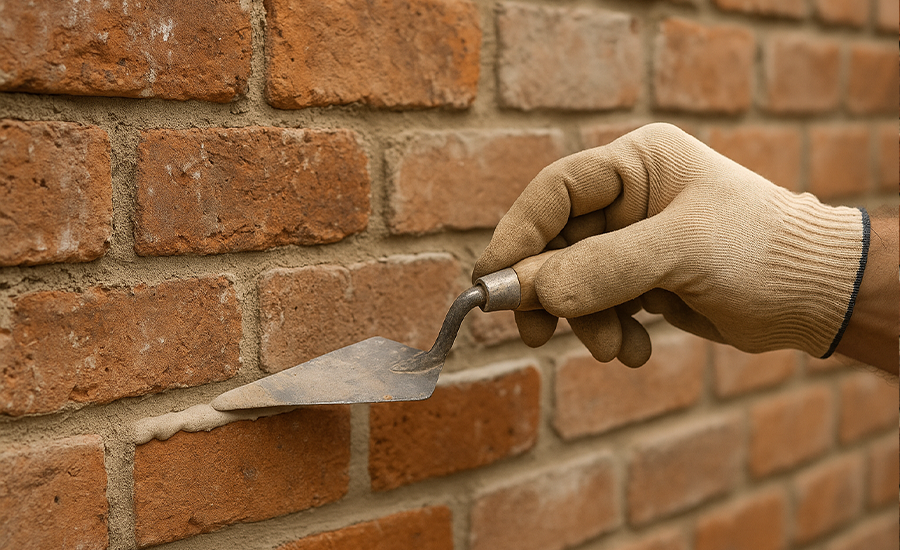
Brick repointing isn’t just a quick fix—it’s a long-term preservation strategy. Learn how expert techniques like hand tools, layered mortar, and maintenance ensure your masonry
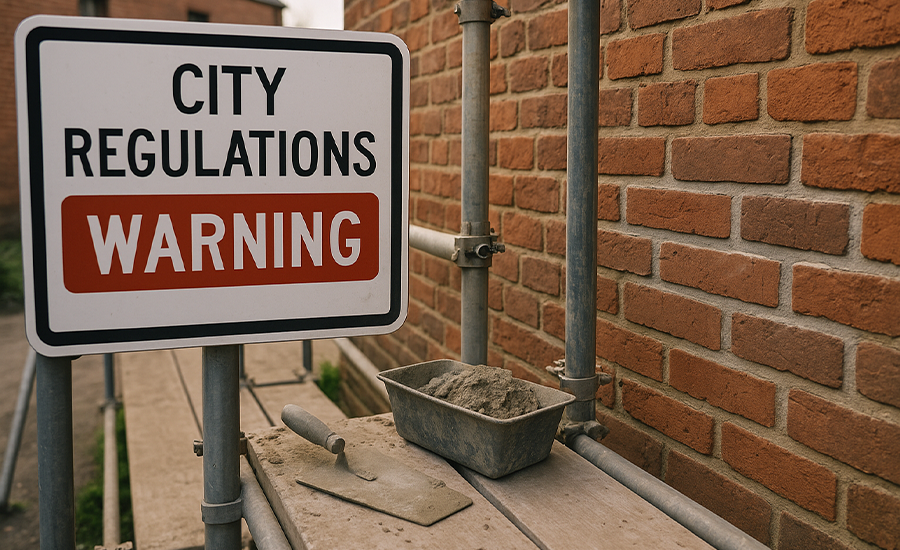
City regulations play a major role in brick repointing across NYC. From permits to preservation laws, find out what to expect before starting.

Cracks in brick walls are more than surface issues—they signal structural stress. Repointing helps seal gaps, restore stability, and prevent future damage.
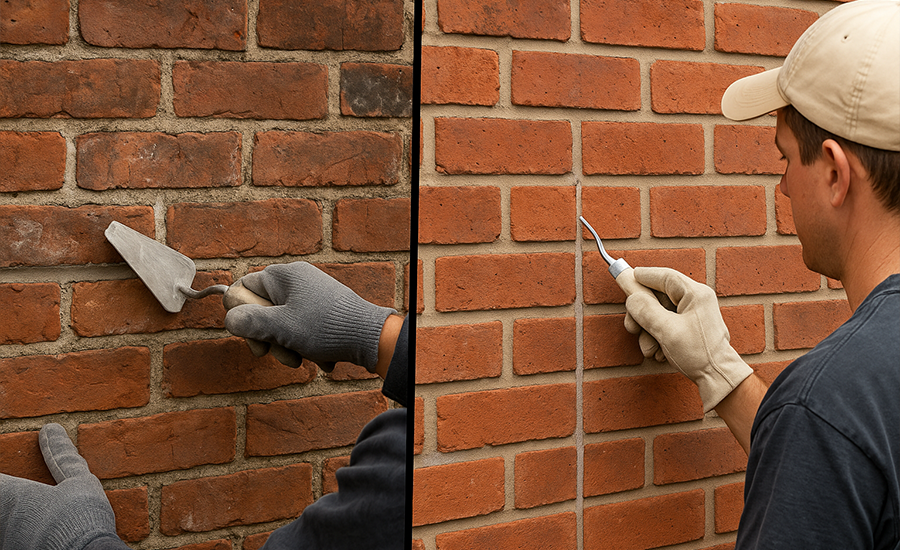
Repointing and tuckpointing may seem similar, but they serve different purposes in masonry. This guide explains their unique roles, benefits, and when each is necessary.

Freeze-thaw cycles cause serious damage to brick structures by expanding and contracting water within the masonry. Learn how professional repointing strengthens and protects your property
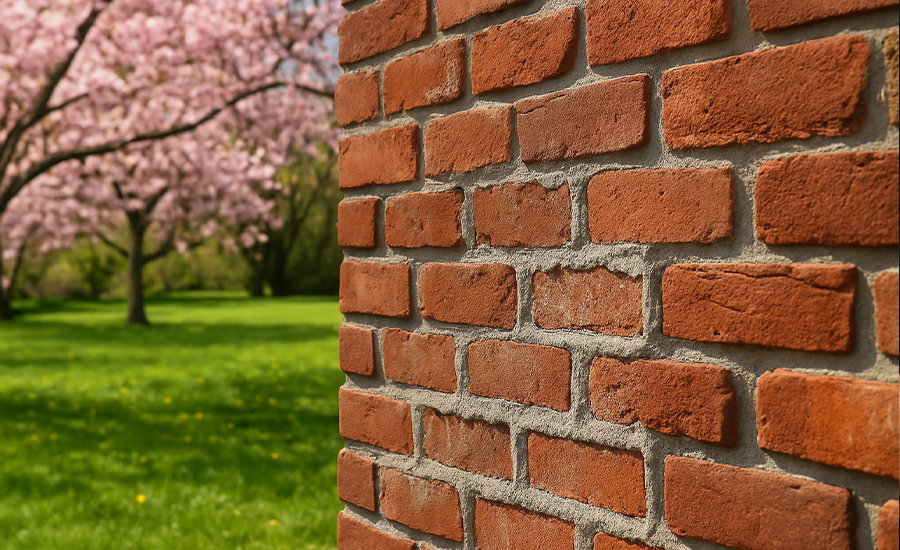
Brick repointing demands the right timing for lasting results. Learn why spring is considered the best season to repoint, protect your masonry, and enhance durability.
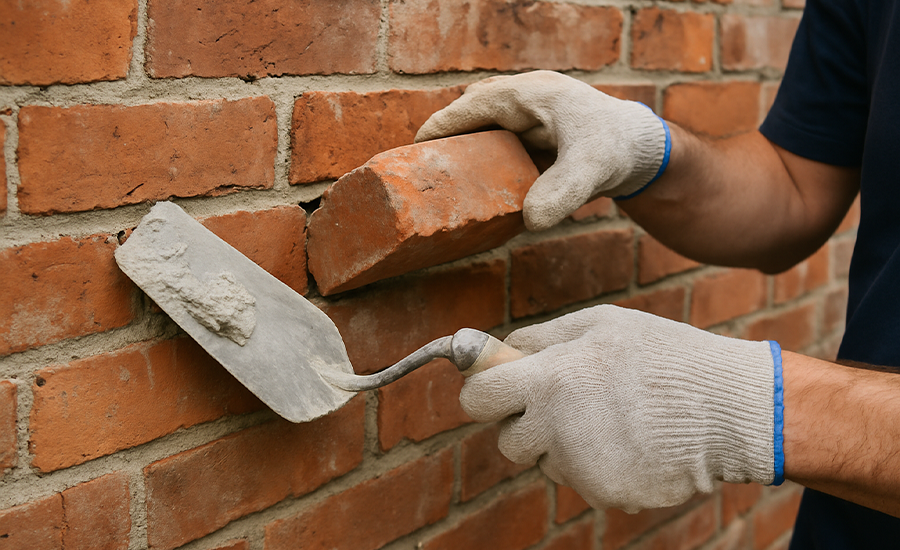
Repointing can fix loose bricks, stabilize masonry, and prevent water damage — a must for maintaining your home’s structural integrity.

Brick spalling can ruin your walls if left untreated. Repointing helps seal cracks, improve drainage, and protect your masonry for years.
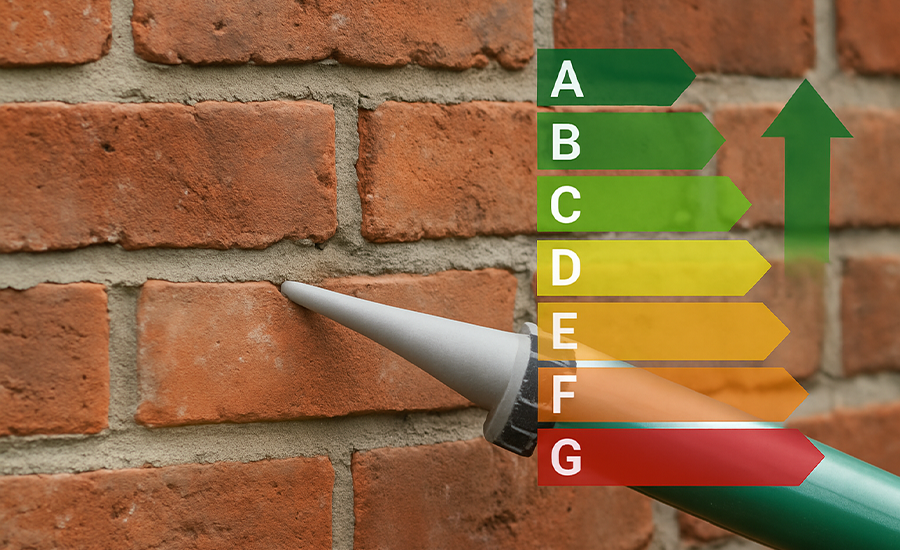
Repointing does more than fix bricks—it seals gaps, retains heat, and cuts down your energy bills by enhancing wall insulation in your brick home.
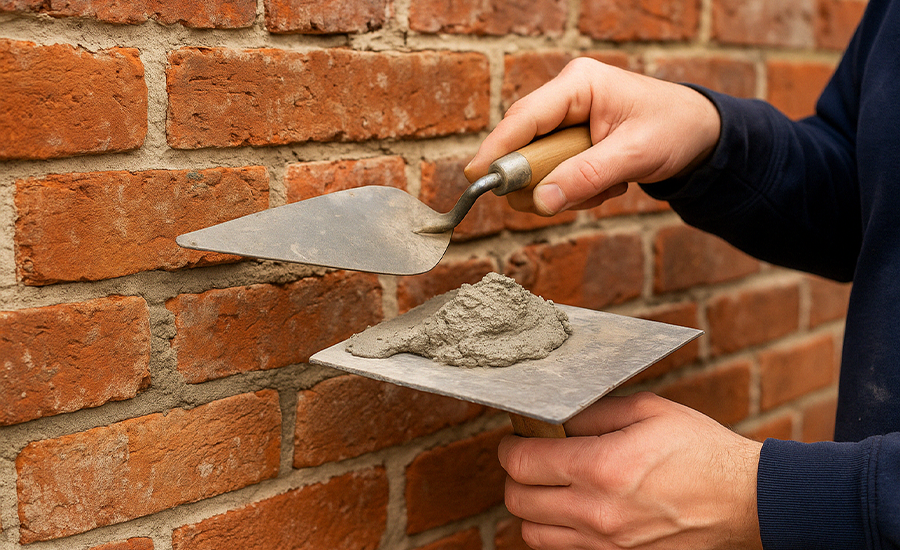
Using the right mortar for old brickwork is essential. Lime-based mortar helps preserve structure, prevents damage, and extends building lifespan.
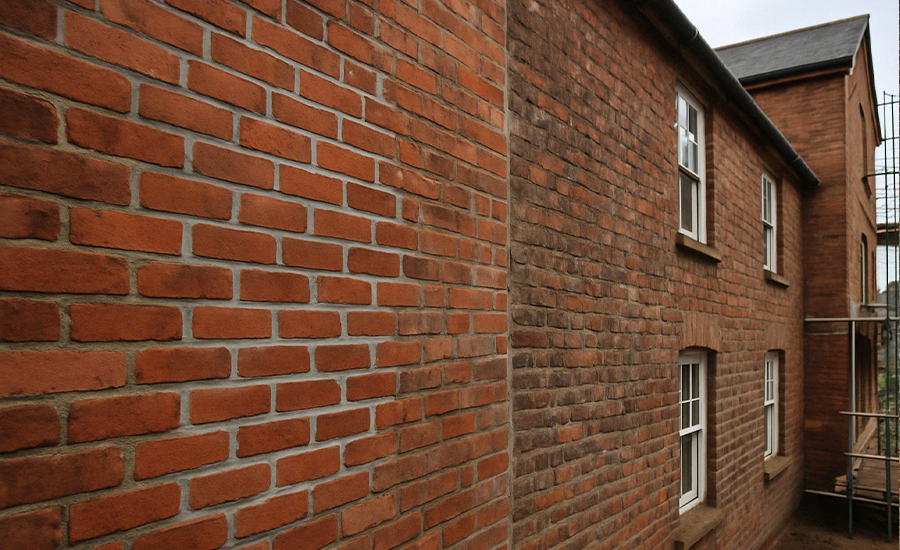
Repointing plays a crucial role in extending the life of brick structures. It protects against moisture, cracking, and long-term deterioration.